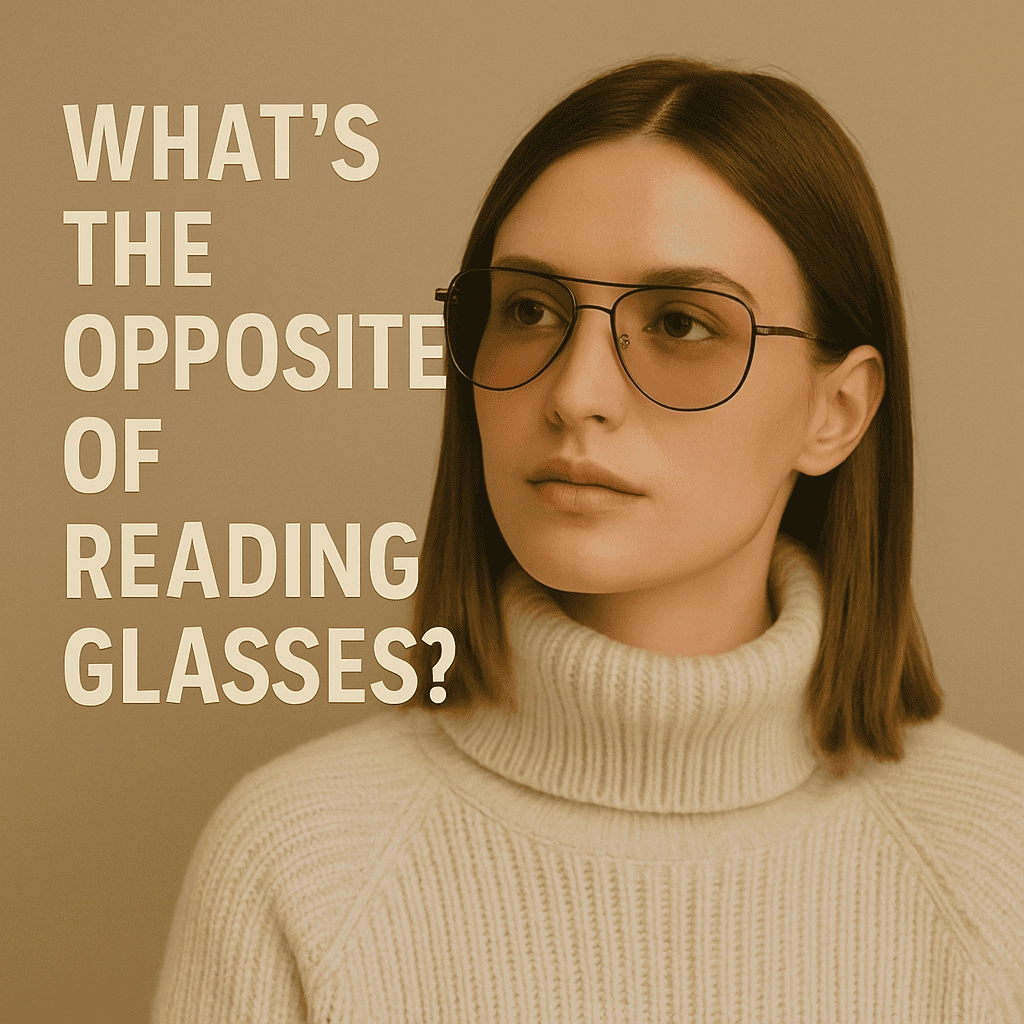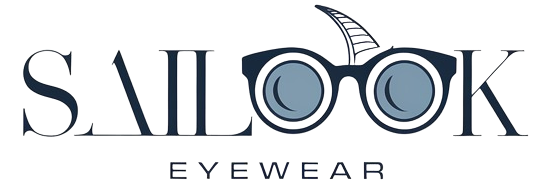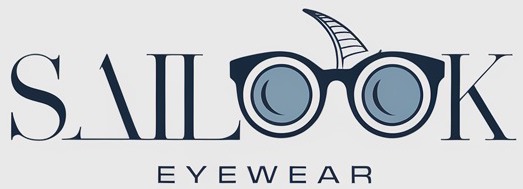When most people think of reading glasses, they imagine glasses that help with near vision. But what happens when you need the opposite of reading glasses? What if you struggle to see objects in the distance? In this article, we’ll explore what the opposite of reading glasses is and how solutions like distance glasses and progressive lenses work. We’ll also cover common vision conditions and when you might need both reading and distance glasses.

1. What is the Opposite of Reading Glasses?
Reading glasses are designed for one specific purpose: helping people see clearly up close. But when you can’t see well at a distance, what do you do? The opposite of reading glasses is distance glasses, which are used to correct nearsightedness, also known as myopia.
People with myopia often find that distant objects appear blurry. Distance glasses correct this issue by using concave lenses to focus light properly on the retina, enabling individuals to see clearly at long distances.
How Do Distance Glasses Work?
Distance glasses help focus light on the retina by adjusting the path of light entering the eye. In individuals with myopia, light typically focuses in front of the retina instead of directly on it. Concave lenses in distance glasses help to diverge the light and ensure it focuses properly.
The key takeaway: While reading glasses help with close-up tasks, distance glasses allow people to focus on faraway objects, such as road signs or distant landmarks.
| Condition | Eye Problem | Required Glasses |
|---|---|---|
| Myopia | Trouble seeing objects far away. | Distance glasses (concave lenses) |
| Presbyopia | Difficulty focusing on close-up objects. | Reading glasses (convex lenses) |
| Astigmatism | Blurred vision at all distances. | Cylindrical lenses for correction |
2. Why Do Some People Need the Opposite of Reading Glasses?
As people age, changes in vision are common. While reading glasses are often needed for near vision issues, the opposite—distance glasses—may be necessary for those who experience myopia. Some people need both types of glasses to address both near and far vision problems.
Conditions Requiring Distance Glasses
- Myopia (Nearsightedness): A condition where distant objects appear blurry while close-up vision remains clear.
- Astigmatism: Distorted or blurry vision at all distances due to an irregularly shaped cornea.
- Age-Related Vision Changes: As the eye ages, the ability to focus on distant objects can decline, leading to the need for distance glasses.
What’s the story here? People with both near and far vision issues will often need multiple pairs of glasses or may opt for progressive lenses, which correct both vision issues in one.
| Vision Condition | Symptoms | Corrective Lenses |
|---|---|---|
| Myopia | Blurry vision at long distances. | Distance glasses |
| Presbyopia | Difficulty reading up close, especially with age. | Reading glasses |
| Astigmatism | Blurred vision at all distances. | Cylindrical lenses |
3. What Are Distance Glasses?
Distance glasses are corrective eyewear designed to help individuals see objects at a distance clearly. They are commonly prescribed for people with myopia. These glasses use concave lenses to diverge light entering the eye, ensuring it focuses correctly on the retina.
How Do Distance Glasses Work?
The key function of distance glasses is to adjust how light is focused in the eye. When someone has myopia, light focuses in front of the retina instead of directly on it. Concave lenses in distance glasses help correct this problem by changing the light’s path, making distant objects appear clearly.
The important takeaway: If you struggle to see things clearly in the distance, distance glasses are an easy and effective way to regain clarity and improve your vision.
| Feature | Distance Glasses | Other Glasses |
|---|---|---|
| Purpose | Correct nearsightedness | Correct farsightedness or astigmatism |
| Lens Type | Concave lenses (negative) | Convex lenses or cylindrical lenses |
| Use Case | Distance vision correction | Near vision or general vision correction |
4. What Are Progressive Lenses and How Do They Work?
Progressive lenses are a great solution for people who need both near and far vision correction. Unlike bifocals, which have a visible dividing line, progressive lenses provide a smooth, uninterrupted transition from near to far vision.
The Benefits of Progressive Lenses
- All-in-one solution: Progressive lenses combine both near and far vision correction in one lens.
- Seamless transition: Unlike bifocals, progressive lenses allow for a smooth shift in focus between near and far objects.
- Comfort: These lenses are ideal for people who need to focus on multiple distances throughout the day.
Here’s the key point: Progressive lenses offer a comfortable and convenient option for individuals who have presbyopia and myopia, eliminating the need for multiple pairs of glasses.
| Benefit | Progressive Lenses | Bifocal Lenses |
|---|---|---|
| Visual Seamlessness | No visible lines | Visible dividing line |
| Versatility | Near and far vision in one lens | Separate lens for near and far vision |
| Comfort | Smooth transition between focal points | May cause a ‘jump’ when switching between focal points |
5. How Do Prescription Glasses for Near and Far Vision Differ?
Prescription glasses for near and far vision have different lens designs to accommodate the needs of individuals with various vision conditions. Reading glasses focus on magnifying near objects, while distance glasses focus on faraway objects.
Key Differences in Prescription Lenses
| Glass Type | Purpose | Lens Type | Power |
|---|---|---|---|
| Reading Glasses | Close-up vision correction | Convex | Positive (+) lenses |
| Distance Glasses | Far vision correction | Concave | Negative (-) lenses |
The key takeaway: While both types of glasses correct vision, the way they achieve this differs due to the distinct types of refractive errors they address.
6. What Causes Presbyopia and How Does It Relate to the Opposite of Reading Glasses?
Presbyopia is a condition that develops as people age, resulting in the inability to focus on near objects. The lens in the eye becomes less flexible, which makes it harder to focus on close-up items. What happens next? For people with presbyopia, reading glasses are often needed for close-up tasks, but distance glasses may be necessary for far vision as well.
The Role of Presbyopia
- Presbyopia causes blurred near vision, which is corrected by reading glasses.
- Myopia causes blurred distance vision, which requires distance glasses.
The bottom line: People with presbyopia may need both types of glasses to address near and far vision problems effectively.
| Condition | Effect | Required Glasses |
|---|---|---|
| Presbyopia | Difficulty seeing close objects | Reading glasses |
| Myopia | Difficulty seeing far objects | Distance glasses |
| Both Conditions | Difficulty seeing both near and far | Progressive or bifocal lenses |
7. What Are the Symptoms That Indicate You Might Need Distance Glasses?
The most common symptom that indicates you may need distance glasses is blurry vision when looking at distant objects. Here are a few additional signs that you may need distance glasses:
Common Symptoms of Myopia
- Difficulty reading road signs while driving
- Blurry vision when watching TV or movies
- Eye strain and headaches after looking at distant objects
If you experience these symptoms, it’s time to consult an eye care professional. A quick eye exam can determine whether distance glasses are the right solution for you.
| Symptom | Possible Vision Issue | Suggested Glasses |
|---|---|---|
| Blurry distant vision | Myopia (nearsightedness) | Distance glasses |
| Eye strain | Prolonged eye use | Distance glasses or eye exercises |
| Difficulty seeing road signs | Myopia | Distance glasses |
8. How Are Reading Glasses Different from Regular Eyeglasses?
Reading glasses and regular eyeglasses serve different purposes in vision correction. While reading glasses help with close-up tasks, regular eyeglasses offer a broader range of uses. Regular eyeglasses can be designed to correct near, far, or even both types of vision problems, depending on the wearer’s specific needs.
Key Differences
Reading glasses typically use convex lenses that magnify objects up close, making reading or detailed tasks easier. Regular eyeglasses, however, are made with various lenses based on the person’s prescription. These can include single-vision lenses for general correction, bifocals for both near and far vision, or progressive lenses for a smooth transition between the two.
What’s the bottom line? While reading glasses are focused solely on near vision, regular eyeglasses offer more flexibility, making them suitable for everyday activities such as driving, watching TV, or reading.
| Feature | Reading Glasses | Regular Eyeglasses |
|---|---|---|
| Purpose | Close-up vision correction | Near and far vision correction |
| Lens Type | Convex lenses (positive power) | Various lenses (single, bifocal, progressive) |
| Use Case | Reading, close-up work | Everyday use, driving, TV watching |
9. Can You Use Regular Eyeglasses as the Opposite of Reading Glasses?
It may seem convenient to use regular eyeglasses for distance vision, but they may not always serve the intended purpose. What’s the catch? Regular eyeglasses are usually designed to provide general vision correction for a variety of daily activities, but they may not be optimized for people with myopia or other conditions that affect their distance vision.
Why Regular Eyeglasses Aren’t Enough
Regular glasses might not provide the level of correction needed for individuals who have nearsightedness. Distance glasses are specifically designed to help individuals focus on objects far away. Without the proper lenses, using regular eyeglasses for distant vision may result in discomfort, eye strain, or blurry vision.
What’s the real story? If you’re struggling to see distant objects clearly, it’s essential to opt for distance glasses specifically designed for that purpose.
| Type of Glasses | General Use | Distance Vision Correction |
|---|---|---|
| Regular Eyeglasses | Basic vision correction | Not specialized for distance |
| Distance Glasses | Designed for long-range vision | Provides clarity at far distances |
10. When Do You Need Both Reading Glasses and Distance Glasses?
Many individuals find themselves needing both reading glasses and distance glasses as they age. But here’s the kicker: as conditions like presbyopia and myopia develop, it becomes increasingly common to require multiple pairs of glasses for different tasks.
When Both Glasses Are Necessary
People who have presbyopia (difficulty focusing on nearby objects) and myopia (difficulty seeing distant objects) often need to use separate pairs of glasses for each vision need. For example, reading glasses might be needed for close-up tasks such as reading a book, while distance glasses are necessary for driving, watching TV, or looking at faraway objects.
What’s the real story? People who need both near and far vision correction can often benefit from progressive lenses or bifocals, which combine both types of correction into a single pair of glasses.
| Vision Condition | Glasses Required | Vision Need |
|---|---|---|
| Presbyopia | Reading glasses | Near vision correction |
| Myopia | Distance glasses | Far vision correction |
| Both Conditions | Bifocals/Progressive | Near and far vision correction |
11. What Are the Alternatives to Wearing Separate Glasses for Near and Far Vision?
Ready for the good part? There are alternatives to wearing separate glasses for near and far vision, such as bifocals, progressive lenses, and multifocal contact lenses. These options offer a more convenient and streamlined solution, eliminating the need for multiple pairs of glasses.
Types of Multi-Purpose Lenses
- Bifocals: These glasses have two distinct lens powers for near and far vision, separated by a visible line.
- Progressive Lenses: Unlike bifocals, progressive lenses offer a seamless transition between near and far vision without any visible lines.
What’s the kicker? If you’re tired of switching between two pairs of glasses, progressive lenses offer a smoother, more convenient solution, while bifocals are a more traditional option.
| Lens Type | Benefit | Drawback |
|---|---|---|
| Bifocals | Clear near and far vision | Visible dividing line between lenses |
| Progressive Lenses | Seamless transition between near and far vision | Higher cost than single-vision lenses |
12. Can Surgery Fix the Need for Reading and Distance Glasses?
Here’s the deal: Surgical procedures like LASIK and lens replacement surgery can significantly reduce the need for reading and distance glasses for some individuals. These surgeries can correct refractive errors, such as myopia, hyperopia, and presbyopia.
Surgical Options
- LASIK Surgery: This procedure reshapes the cornea to correct refractive errors, allowing for clearer vision without the need for glasses.
- Lens Replacement Surgery: This surgery involves removing the eye’s natural lens and replacing it with an artificial lens, which can help correct both near and far vision problems.
What’s the kicker? While surgery offers a permanent solution for some people, it may not be suitable for everyone. A consultation with an eye care specialist is essential to determine whether surgery is a viable option.
| Surgical Procedure | Corrects | Ideal Candidate |
|---|---|---|
| LASIK Surgery | Myopia, Hyperopia | Individuals with stable vision |
| Lens Replacement | Presbyopia, Myopia | Individuals with cataracts or severe vision issues |
13. Are There Non-Surgical Options to Correct Vision for Both Near and Far Focus?
While surgery is one option, non-surgical methods like vision therapy, eye exercises, and even specialized lenses can improve vision without the need for permanent changes to the eye.
Non-Surgical Vision Correction Methods
- Vision Therapy: A series of exercises designed to improve the focusing ability of the eyes and relieve eye strain.
- Contact Lenses: Multifocal contacts can provide similar benefits to progressive lenses, helping to correct both near and far vision.
What’s the real story? These non-surgical methods are less invasive and can help reduce your reliance on glasses, though they may not fully replace the need for corrective lenses in more severe cases.
| Method | Benefit | Drawback |
|---|---|---|
| Vision Therapy | Improves eye focus and relieves strain | Time-consuming and requires consistency |
| Contact Lenses | Convenient and portable | May cause dryness or discomfort for some |
14. What to Consider When Choosing Between Reading Glasses and Distance Glasses?
Choosing between reading glasses and distance glasses depends on your specific vision needs. What’s the kicker? If you have trouble with both near and far vision, you may want to consider progressive lenses or bifocals, which can correct both types of vision in one pair of glasses.
Key Considerations
- Vision Needs: Do you need glasses for reading, driving, or both?
- Lifestyle: Consider how often you need near vs. far vision correction for different tasks.
What’s the real story? By understanding your vision requirements, you can make an informed choice about whether separate glasses or an all-in-one solution like progressive lenses is the best option for you.
| Consideration | Reading Glasses | Distance Glasses |
|---|---|---|
| Purpose | Near vision correction | Far vision correction |
| Prescription Strength | Low (+) lenses | High (-) lenses |
| Best for | Reading, close-up work | Driving, TV watching, outdoor activities |
15. How Can You Maintain Good Vision Health Without Relying on Glasses?
What’s the kicker? While glasses are a great solution for vision correction, taking care of your eyes naturally can help you maintain healthy vision for years to come.
Tips for Eye Health
- Eat a Nutrient-Rich Diet: Foods like leafy greens, carrots, and fish can support long-term eye health.
- Take Regular Breaks: Follow the 20-20-20 rule to reduce eye strain during screen time.
- Wear Sunglasses: Protect your eyes from harmful UV rays to prevent long-term damage.
The key takeaway: By adopting healthy habits and caring for your eyes, you can preserve your vision and reduce the need for corrective lenses in the future.
| Health Tip | Benefit | Example |
|---|---|---|
| Nutrient-Rich Diet | Supports eye health | Leafy greens, carrots, fish |
| Regular Breaks | Reduces eye strain | 20-20-20 rule (every 20 minutes) |
| Eye Protection | Prevents UV damage to eyes | Sunglasses with UV protection |
Conclusion
In summary, the opposite of reading glasses refers to distance glasses, which are designed to help individuals with nearsightedness see clearly at far distances. Whether you’re dealing with presbyopia, myopia, or both, it’s essential to choose the right corrective eyewear for your vision needs. Progressive lenses and bifocals can offer a convenient solution for those who need correction for both near and far vision. Ultimately, consulting an eye care professional can guide you in selecting the best eyewear to suit your lifestyle and vision requirements.
FAQ Section
Q1: What is the opposite of reading glasses?
The opposite of reading glasses are distance glasses, which are used to help people see objects clearly at a distance, typically for those suffering from myopia.
Q2: How do distance glasses work?
Distance glasses use concave lenses that help correct nearsightedness by allowing light to focus correctly on the retina, providing clear vision for distant objects.
Q3: Can I use regular glasses instead of distance glasses?
No, regular glasses are usually designed for general vision correction and may not provide the necessary correction for distance vision, leading to discomfort or eye strain.
Q4: What are progressive lenses?
Progressive lenses are multifocal lenses that offer a smooth transition between near and far vision without the visible line typically seen in bifocals.
Q5: When should I get glasses for both near and far vision?
If you experience difficulty seeing both near and far objects, consult an eye care professional who may recommend bifocals or progressive lenses for both types of vision correction.

